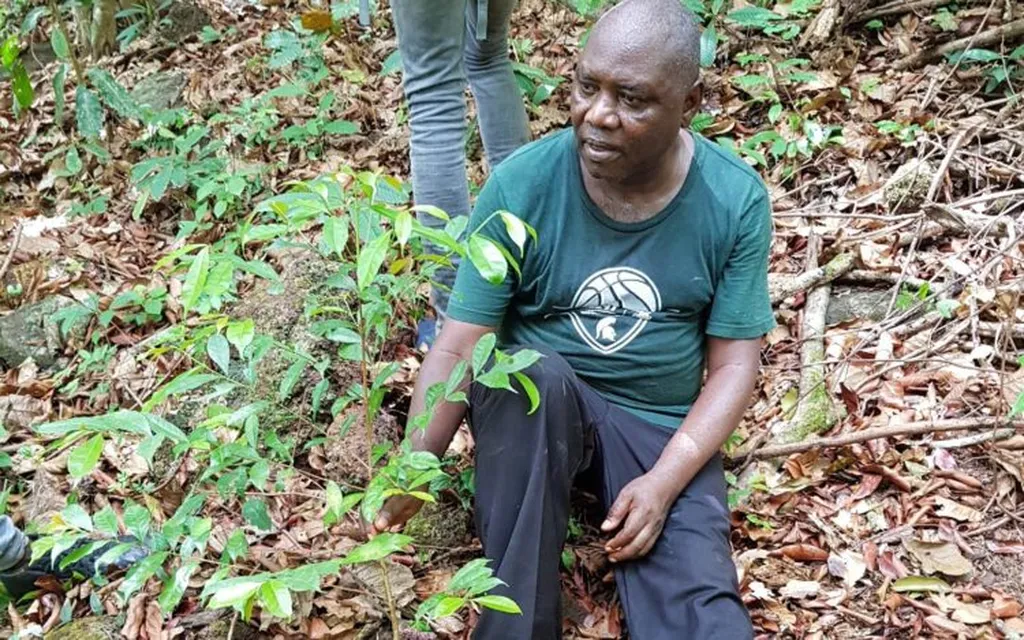In the heart of Sierra Leone, a team of researchers led by Paul M. Lahai from the Sierra Leone Agricultural Research Institute (SLARI) is unlocking the genetic secrets of a little-known coffee species that could very well be the key to securing the future of the global coffee industry. Their findings, published in the journal *Frontiers in Plant Science* (translated from the original title *Frontiers in Genetics*), reveal that Coffea stenophylla, a species native to West Africa, could be the game-changer that the coffee sector has been searching for in the face of climate change.
Coffee lovers and industry professionals alike are familiar with the challenges posed by climate change to coffee production. Arabica coffee, the world’s most popular variety, is particularly vulnerable due to its narrow temperature tolerance and limited genetic diversity. This is where C. stenophylla steps in, offering a promising alternative with its adaptability to higher temperatures and a flavor profile that rivals Arabica.
Using advanced genetic techniques, including genome-wide association studies (GWAS), Lahai and his team have delved into the genetic basis of phenotypic diversity within C. stenophylla accessions. Their research has uncovered significant associations between specific genetic markers and traits related to growth habit, fruit and seed morphology, and plant structure. These findings highlight the species’ vast genetic potential, which could be harnessed to develop improved coffee cultivars better suited to the climatic challenges of the future.
“Our study reveals that C. stenophylla retains a remarkable level of genetic diversity,” Lahai explains. “This diversity is crucial for breeding programs aimed at developing coffee cultivars that can withstand the impacts of climate change.”
The research also identified potential selective sweeps and conducted functional enrichment analysis, which shed light on the adaptive evolution of C. stenophylla to local climates. Genes involved in inflorescence development and flowering regulation were particularly highlighted, suggesting that the species has evolved to thrive in diverse environmental conditions.
The implications of this research extend far beyond the academic realm. For the coffee industry, which is worth billions of dollars globally, the development of climate-resilient coffee cultivars could mean the difference between prosperity and crisis. As temperatures rise and weather patterns become more unpredictable, the need for robust and adaptable coffee varieties has never been greater.
Lahai’s work not only provides a roadmap for future breeding programs but also underscores the importance of conserving and studying genetic diversity within coffee species. By tapping into the genetic potential of C. stenophylla, researchers and breeders can develop cultivars that are not only resilient to climate change but also maintain the high-quality flavor profiles that consumers demand.
As the world grapples with the realities of climate change, the coffee industry stands at a crossroads. The research led by Paul M. Lahai offers a beacon of hope, demonstrating that the solutions to tomorrow’s challenges may lie in the genetic diversity of today’s overlooked species. With further investment and research, C. stenophylla could very well become the cornerstone of a new era in coffee production, ensuring that the world’s favorite brew remains a staple for generations to come.

